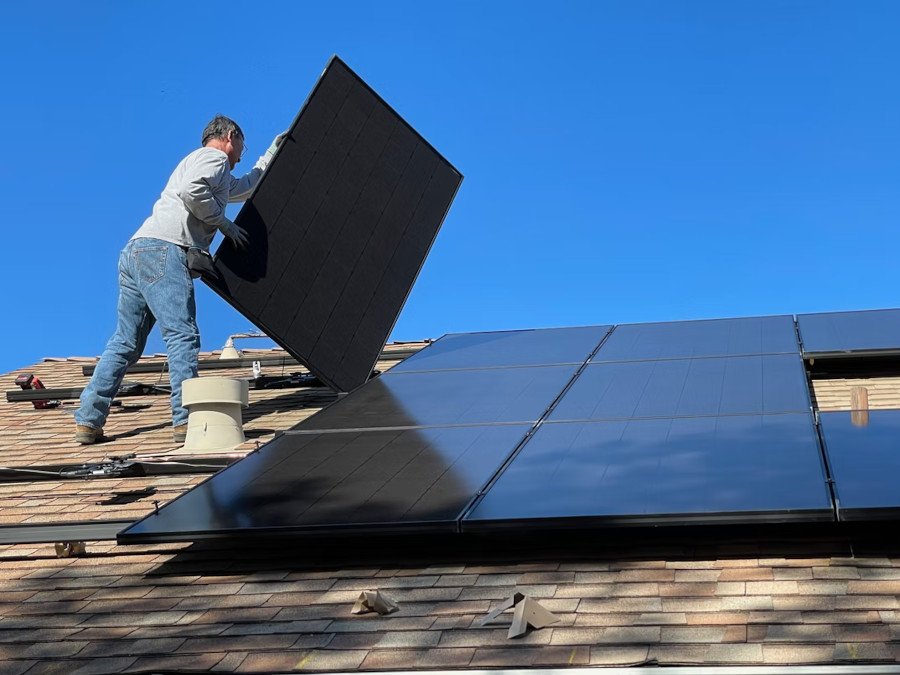Savings Forecast From Solar Panels

Solar panels have gained significant attention as a renewable energy solution, offering not only environmental benefits but also potential savings for homeowners and businesses. As the world shifts towards sustainable energy sources, understanding the financial implications of installing solar panels is crucial. In this article, we delve into the factors that influence savings from solar panels and forecast potential returns on investment.
Understanding Solar Panel Savings
Understanding solar panel savings involves considering initial investment costs, energy production potential, consumption patterns, grid connectivity, and return on investment. Factors such as location, system size, efficiency, and electricity rates influence savings. Net metering and government incentives also play a role. By evaluating these factors, individuals can forecast potential savings and make informed decisions about solar panel installation.
Payback Period and Return on Investment
Determining the payback period–the time it takes to recoup the initial investment through energy savings–is crucial for evaluating the financial viability of solar panel installation. Factors such as energy prices, maintenance costs, and financing terms play a significant role in this calculation. Generally, with decreasing solar panel costs and rising electricity prices, payback periods have become more favorable, making solar energy an attractive investment option, especially considering the price of solar panels in the UK.
Return on investment (ROI) measures the profitability of solar panel installation over its lifetime. While ROI varies based on factors such as location and system size, most solar panel systems offer returns comparable to or better than traditional investment options.
Initial Investment
One of the primary considerations when contemplating solar panel installation is the initial investment required. The cost includes not only the panels themselves but also installation, permits, and any additional equipment such as inverters and batteries for energy storage. While the initial outlay can be substantial, various incentives and rebates, such as government schemes and tax credits, can help offset the costs and make solar energy more accessible.
Energy Production and Consumption
The amount of sunlight a location receives directly impacts the energy production potential of solar panels. Regions with ample sunlight tend to generate more electricity, thus potentially leading to higher savings. Additionally, the size and efficiency of the solar panel system, along with factors like shading and panel orientation, influence energy production.
Equally important is understanding the energy consumption patterns of the household or business. Assessing peak energy usage times allows for optimal system sizing and potentially maximizes savings by offsetting high electricity costs.
Grid Connectivity and Net Metering
Grid-connected solar panel systems offer an advantageous feature known as net metering. With net metering, surplus electricity generated by solar panels is fed back into the grid, and the owner receives credits for the excess power produced. During periods of low solar production, such as at night, electricity can be drawn from the grid without incurring additional costs, provided there are sufficient credits accumulated.
Forecasting Savings
Forecasting savings from solar panels involves a combination of financial analysis and understanding of energy dynamics. Several online calculators and tools are available to estimate potential savings based on location, system size, energy consumption, and other variables. Factors influencing savings forecast include:
- Location: Solar irradiance levels vary by geographical location, influencing energy production potential.
- System Size and Efficiency: Larger, more efficient systems generally yield higher savings.
- Electricity Rates: Fluctuations in electricity prices affect the value of solar energy savings.
- Incentives and Policies: Government incentives, rebates, and tax credits impact the overall cost and savings from solar panel installation.
By inputting relevant data into savings calculators, homeowners and businesses can obtain estimates of potential savings and evaluate the financial feasibility of solar panel investment.
Final Note
Solar panels offer a promising pathway toward sustainable energy and potential cost savings for consumers. Understanding the various factors influencing savings–from initial investment to energy production and grid connectivity–is essential for making informed decisions about solar panel installation. While the savings forecast may vary depending on individual circumstances, the long-term benefits of solar energy extend beyond financial returns, contributing to environmental sustainability and energy independence. As technology advances and policies evolve, solar panels are expected to play an increasingly significant role in the global energy landscape, driving towards a more sustainable future for generations to come.
Published 2/18/24